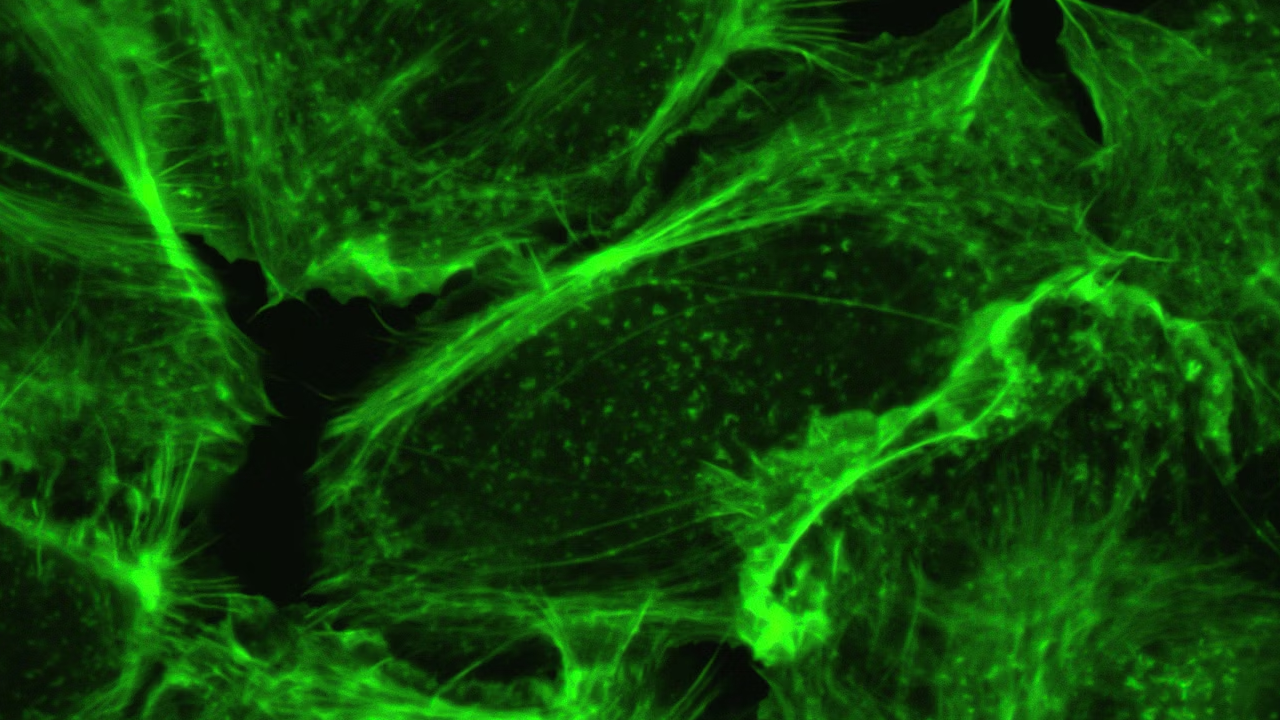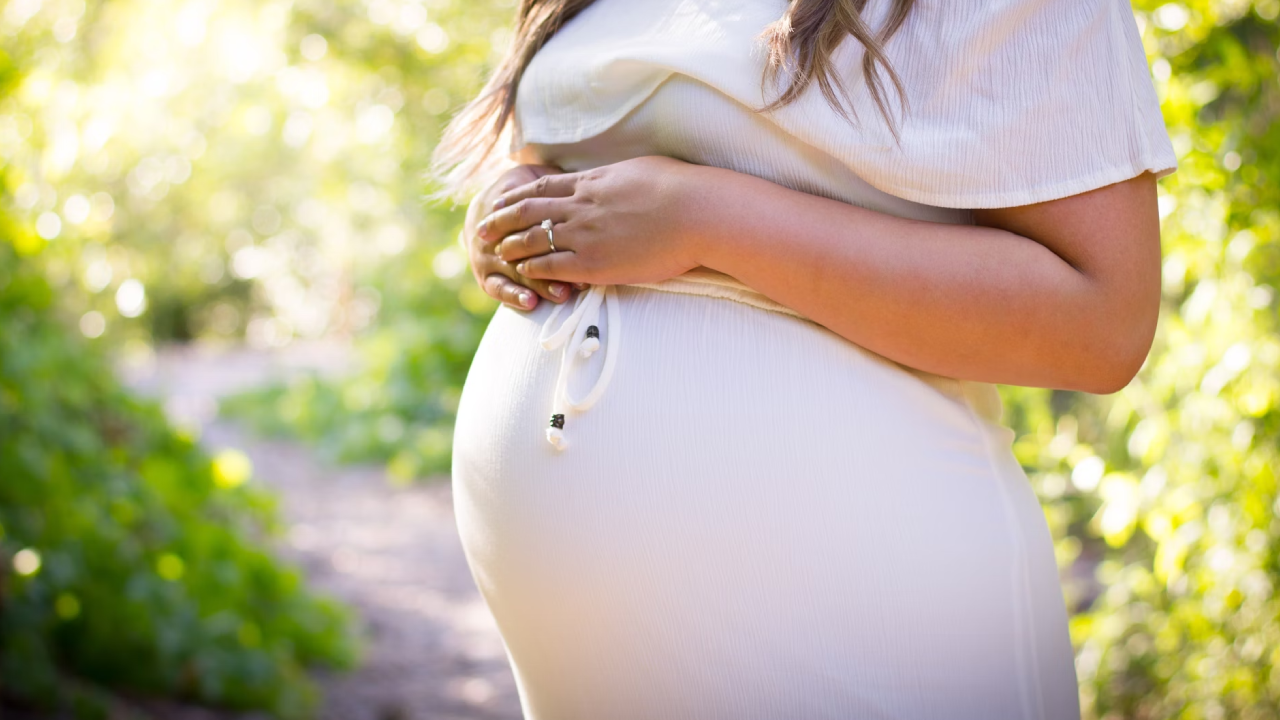Alcohol consumption is a widespread behavior in many cultures around the world, with social drinking often being considered a normal and even celebratory activity. However, recent scientific evidence has uncovered a troubling association between excessive alcohol use and an increased risk of various cancers. In September 2024, the American Association for Cancer Research (AACR) released its Cancer Progress Report, highlighting a strong link between alcohol consumption and six specific types of cancer. This revelation is critical, particularly as some of these cancer rates are on the rise, especially among younger adults.
The report brings attention to the importance of modifiable risk factors in cancer prevention, showing that nearly 40% of all cancers in the United States are linked to behaviors such as excessive alcohol consumption, smoking, poor diet, and lack of physical activity. Alcohol, which many people do not typically associate with cancer, is now recognized as a significant contributor to cancer risk. The report urges individuals to reconsider their drinking habits as part of a broader strategy for reducing cancer risks.
Table of Contents
Understanding the Link Between Alcohol and Cancer
The AACR’s report emphasizes that alcohol does not just contribute to liver damage or impaired judgment; it plays a substantial role in cancer development. Specifically, excessive alcohol consumption has been linked to six types of cancer:
- Head and neck cancers: Cancers of the oral cavity, pharynx, and larynx.
- Breast cancer: Particularly significant among women, even moderate alcohol use can increase the risk.
- Colorectal cancer: Cancer of the colon or rectum is one of the most common cancers associated with alcohol use.
- Esophageal squamous cell carcinoma: A cancer of the esophagus that has strong ties to alcohol consumption.
- Liver cancer: Already associated with cirrhosis, alcohol consumption is a well-known risk factor for hepatocellular carcinoma.
- Stomach cancers: Alcohol increases the likelihood of certain stomach cancers, particularly those located near the upper part of the stomach, closer to the esophagus.
The mechanism through which alcohol contributes to cancer is complex and involves several factors. Ethanol, the active ingredient in alcohol, is broken down in the body into acetaldehyde, a toxic chemical and a known carcinogen. Acetaldehyde can damage DNA and interfere with the body’s ability to repair this damage. Moreover, alcohol can increase levels of hormones such as estrogen, which can drive the development of breast cancer. It also weakens the immune system, making it harder for the body to fight off cancerous cells.

The Rising Tide of Early-Onset Cancers
One of the most concerning trends highlighted in the AACR report is the rising incidence of early-onset cancers—those diagnosed in people younger than 50 years old. Historically, many cancers were more commonly diagnosed in older adults, often after decades of exposure to risk factors. However, cancers such as breast, colorectal, and others are now being detected more frequently in younger adults, leading to concern among healthcare professionals.
While the exact reasons for this increase are not fully understood, lifestyle factors, including diet, physical inactivity, and, notably, alcohol use, are believed to play a significant role. The earlier individuals begin drinking, the higher their lifetime exposure to alcohol, increasing their risk for developing alcohol-related cancers later in life.
Reducing Cancer Risk Through Alcohol Moderation or Cessation
The AACR’s report also offers hope by underscoring the role of lifestyle modifications in reducing cancer risk. Individuals who lower their alcohol intake can significantly decrease their chances of developing alcohol-related cancers. According to a 2022 study cited in the AACR report, reducing alcohol consumption or quitting altogether can lower the risk of alcohol-related cancers by 8% and the risk of all cancers by 4%. These reductions may seem modest, but when applied across a population, they could translate to thousands of fewer cancer cases each year.
The health benefits of reducing alcohol consumption are cumulative. While heavy drinkers are at the highest risk, even moderate drinkers can reduce their cancer risk by cutting back. Importantly, the report notes that the benefits are most pronounced for those who sustain their reduction in drinking over time, rather than just temporarily decreasing their alcohol intake.
Public Awareness and Education: A Key to Reducing Alcohol-Related Cancer Risk
One of the most significant challenges in combating alcohol-related cancers is public awareness—or the lack thereof. Despite the well-established link between alcohol and cancer, many people remain unaware of this connection. For instance, a survey conducted by The Ohio State University Comprehensive Cancer Center found that 51% of respondents did not associate alcohol consumption with colon cancer, one of the most common cancers in the United States.
This knowledge gap highlights the need for stronger public health messaging. Similar to the widespread campaigns that successfully raised awareness about the dangers of smoking and its link to lung cancer, public health officials are now calling for similar efforts around alcohol. These campaigns could include warning labels on alcoholic beverages, which could help consumers make more informed choices about their drinking habits.
Dr. Nilesh Vora, a medical oncologist and director of the MemorialCare Todd Cancer Institute, emphasized the need for healthcare professionals to take a more active role in educating patients about the risks associated with alcohol. According to Dr. Vora, primary care physicians are often in the best position to start conversations with patients about lifestyle choices and how they impact cancer risk. He points out that it is vital for doctors to help patients understand the long-term health risks of excessive alcohol use, including the potential for cancer.
The Global Perspective: Alcohol and Cancer Beyond the United States
While the AACR’s 2024 report focuses on cancer statistics in the United States, alcohol-related cancer risks are a global issue. In many countries, alcohol is ingrained in cultural and social traditions, making it difficult to reduce consumption on a broad scale. However, the global health community is increasingly recognizing alcohol as a significant cancer risk factor.
For example, in Europe, alcohol consumption levels are among the highest in the world, and the continent also has some of the highest rates of alcohol-related cancers. The World Health Organization (WHO) has called for stronger measures to reduce alcohol consumption worldwide, including higher taxes on alcohol, restrictions on advertising, and educational campaigns aimed at informing the public about the risks.
In countries like Australia and New Zealand, public health officials have already begun implementing warning labels on alcoholic beverages that specifically mention the link between alcohol and cancer. These efforts have faced opposition from the alcohol industry but are seen as a critical step in reducing alcohol-related cancer cases.
Alcohol Consumption During Pregnancy
The AACR report also highlights the risks associated with alcohol consumption during pregnancy, not just for the mother but also for the unborn child. Research shows that moderate to high levels of alcohol use during pregnancy can increase the child’s risk of developing leukemia after birth. This finding adds another layer of urgency to public health efforts to reduce alcohol consumption, particularly among women of childbearing age.

Fetal alcohol spectrum disorders (FASD) are well-documented consequences of alcohol use during pregnancy, but the connection to childhood cancer is less well-known. The AACR calls for greater awareness among expectant mothers and healthcare providers about the long-term risks that prenatal alcohol exposure poses to children.
Strategies for Reducing Alcohol-Related Cancer Risk
Addressing the link between alcohol and cancer requires a multifaceted approach. First and foremost, individuals can take personal steps to reduce their cancer risk by cutting back on alcohol or quitting altogether. Even small reductions in alcohol intake can have significant long-term health benefits.
Healthcare professionals play a critical role in this effort by initiating conversations with patients about their alcohol use and providing resources to help them reduce their consumption. Routine screenings for alcohol use during medical visits can help identify individuals at higher risk and offer them support in making healthier choices.
On a broader scale, public health campaigns and policy changes will be essential in shifting societal attitudes toward alcohol. Educational initiatives, such as school-based programs, can help younger generations understand the risks associated with alcohol use before they even start drinking. Warning labels on alcoholic beverages, stricter regulations on alcohol advertising, and increased taxes on alcohol are other policy tools that can help reduce consumption and, by extension, lower cancer rates.
